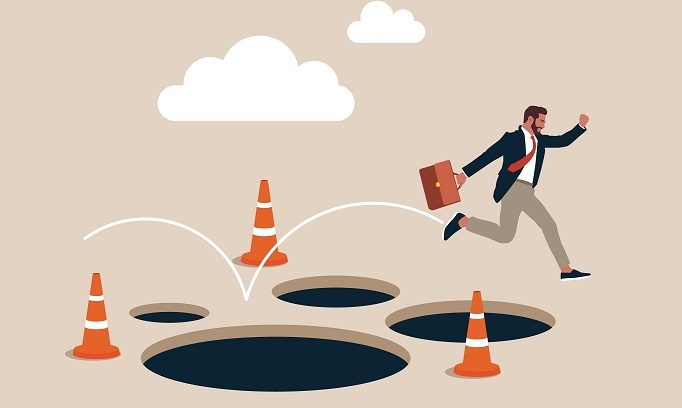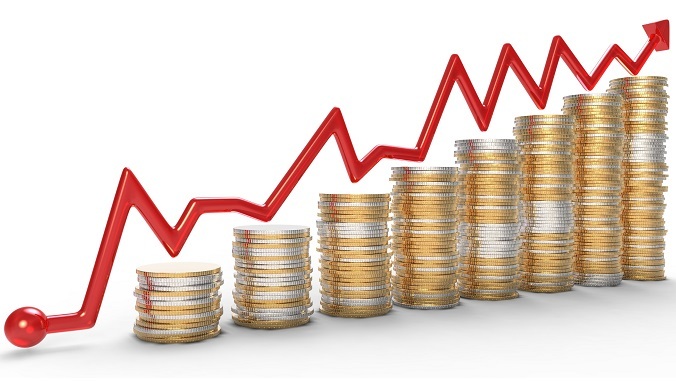
 Data Structure
Data Structure Networking
Networking RDBMS
RDBMS Operating System
Operating System Java
Java MS Excel
MS Excel iOS
iOS HTML
HTML CSS
CSS Android
Android Python
Python C Programming
C Programming C++
C++ C#
C# MongoDB
MongoDB MySQL
MySQL Javascript
Javascript PHP
PHP
- Selected Reading
- UPSC IAS Exams Notes
- Developer's Best Practices
- Questions and Answers
- Effective Resume Writing
- HR Interview Questions
- Computer Glossary
- Who is Who
Consumer Debt
Introduction
Debt refers to borrowings made by a party to finance their needs with a condition of repaying the principal amount along with interest after an agreed period. There are two distinct forms of debt, namely, consumer debt and corporate debt. Any borrowings made by a private group or class of people is termed as consumer debt.

Government, private entities, and any other businesses don't fall under the umbrella of consumer debt. Some of the consumer debt forms include credit cards, mortgages, personal loans, day loans, etc. For almost all types of loans, the consumer borrows a sum from the bank, where they have to repay it in the future as per pre-agreed terms.
Meaning of Consumer Debt
Consumer debt is nothing but personal debt taken to meet one's basic day-to-day needs. The funds attained on consumer debt are not for financing high-end needs like buying a house, shelling on marriage, traveling abroad for a vacation, and others. This form of debt aids people in fulfilling their next instant need.
Understanding Consumer Debt
Consumer debt or consumer credit is one form of loan given to the borrowers by banking and financial houses to aid them in fulfilling their daily desires. These funds are only for short-term purposes or for per-day usage but not for long-term purposes. Every form of debt operates distinctly and come with various repayment tenures.
Consumer debt can be multiple forms like mortgages, secured, unsecured, revolving, and non-revolving. Since consumers require funds for one thing or the other, they go for this type of debts frequently to gratify their short-term requirements. The whole consumer debt value is measured by a financial metric called consumer leverage ratio.
Types of Consumer Debt
Consumer debt can be revolving or non-revolving, where the interest rate will keep on changing in the former and fixed in the latter. In revolving consumer debt, the borrower gets an open line of credit option, where they can utilize the loaded funds to the fullest.
Upon using the funds, the consumer has to refill the account with small amounts to keep it active. This type of debt is unsecured in nature, hence, the consumer has to pay high interest rate. A simple example of revolving consumer debt is credit card. The user can use the total given credit card limit, refill the card, and then use it repeatedly.
Another type of consumer debt is non-revolving debt, where the borrower receives lump sum loan value and in return have to pay monthly fixed instalments till the debt closes. The best part of this type of debt is that once you repay the loan value, you don't have to revisit anymore nor you own anything to the bank. Some of the common examples of this type of debt includes home loans, car loans, student loans, etc.
Pros of Consumer Debt
Aids during emergency crisis Sometimes, we fall short of funds for a month or so due to other urgent needs. In such situations, people can go for consumer debt to finance their other desires. This creates a constructive balance between cash flows, allowing consumers to make proper financial decisions.

Economic development As consumers spend more, the money revolves around in the economy from one person to another. So, the more the consumer debt, the higher the consumer spending in the economy, resulting in economic growth of the country. Subsequently, this increases the real GDP value indicating that the economy is doing better than before.
Enhances purchasing power Today, anything can be easily purchased with the aid of credit financing. Consumer debt improves the purchasing power of the people, allowing them to buy goods instantaneously. People with minimal income couldn't afford certain things due to other needs in place. Thanks to consumer debt, it made it possible for people to buy anything they desire without holding back anymore.
Accessibility and convenience With consumer debt, one can easily get access to credit at any time they want. You can borrow whenever you require some extra cash to meet your emergency and unexpected outlays. Also, consumers don't need carry chunks of cash for shopping or paying immediate utility bills. You can use the consumer debt to pay for them, and repay the same in instalments to the bank along with predetermined interest rate, based on the type of credit.
Plenty of perks People using consumer debt get to claim several perks like rewards and discounts on credit purchases. The extension of funds enables the consumers to spend more than the account balance. If one is able to pay their debts on time, their credit score also improves, which is an added benefit to the people. As upon unsecured debt requirement, some banks ask for credit score. So, this form of debt aids in building your credit score.
Cons of Consumer Debt
Higher interest rates It's common that debt carries interest, where upon usage, one has to repay the total loan value along with interest. However, consumer debt comes with higher interest, especially in case of revolving and unsecured debt.
Cost of the product elevates Although consumer debt offers necessary credit when required to finance one's purchases, the total product value inflates, making it exorbitant that its actual price. Here, the consumer is ending up paying nearly double the value of its existing market price for a certain product.
Elevates total debt value Swift availability of consumer debt stirs up people to spend more, creating the unnecessary urge to purchase things that they don't need in the first place. If consumer uses this facility frequently, their pockets end up dry at the end of the month, leaving them with nothing but a pile of credit bills to pay.
How to liberate from consumer debt?
Consumer debt is an amazing short-term financing facility for people to meet their urgent needs. However, one should opt for credit to the extent they are able to repay for that period. If the debt crosses a certain limit, crushing your monthly budget, then it's a serious financial situation to deal with. Now, this begs the question - "how can one liberate from consumer debt"? Here are some of the things you can do to come out of this rabbit hole.
Prepare a monthly budget to monitor your spending and track your finances. This gives you the idea of where you stand with respect to your financial health.
Have proper understanding of your needs and demands before you make an invite to buy them. Most of the time, we look at what others have and make it our need. This is a created demand, which doesn't exist in the first place.
If you are spending more, ensure to earn more simultaneously. By doing so, you can create an equilibrium between spending and saving.
Use the debt avalanche strategy to pay your debts. This method first clears the highest debt in your list, followed by second highest debt and so on.
Talk to your banker about the available debt repayment options. They'll come up with some repayment plans that'll ease you in clearing your total debt. This gives you a window to manage your monthly finances with ease and dexterity.
Conclusion
Consumer debt is a financing option that allows people to achieve their short-term goals. This form of loan can be handy during personal financial crisis but not a better option to go with frequently, as it builds unwanted debt. Consumer debt should act like a financial aid to deal with basic expenses but not imbalance your financial well-being. If used right, this facility spikes your credit score as well.
FAQs
Q1)Is consumer debt a good financing option?
Ans)Yes, consumer debt is a healthy short-term financing facility for people who are in quick need for cash to meet their next demands. However, the interest is a bit higher compared to other facilities due to its easy availability and non-requirement of collateral.

